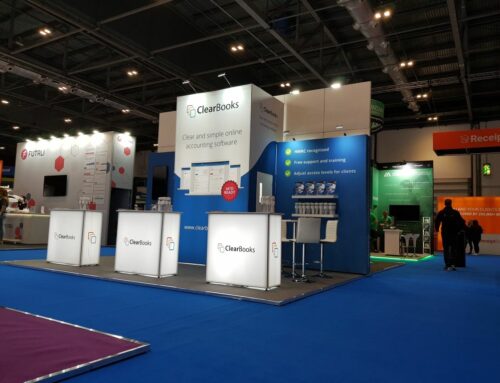Lead generation best practices continue to evolve as new technologies and consumer behaviors emerge. Here are some current lead generation best practices that can help your business capture and nurture leads effectively:
1. **Personalized Content Marketing:** Tailor your content to the specific needs and preferences of your target audience. Use data and segmentation to create personalized messages, emails, and offers that resonate with different customer segments.
2. **Optimized Landing Pages:** Design landing pages with a clear and compelling call-to-action (CTA). Ensure that the page is mobile-friendly, loads quickly, and provides relevant information that encourages visitors to take action.
3. **Lead Magnets and Gated Content:** Offer valuable content, such as ebooks, whitepapers, or webinars, as lead magnets in exchange for visitors’ contact information. Use forms to gate this content and capture leads.
4. **Chatbots and Live Chat:** Implement chatbots or live chat on your website to engage with visitors in real-time, answer their questions, and guide them through the lead generation process.
5. **Social Media Lead Generation:** Utilize social media platforms to engage with your target audience, share valuable content, and run lead generation campaigns. Platforms like Facebook, LinkedIn, and Twitter offer lead generation tools to capture leads directly.
6. **Webinars and Virtual Events:** Host webinars and virtual events on topics of interest to your target audience. These events not only generate leads but also position your business as a thought leader in your industry.
7. **Referral Programs:** Encourage satisfied customers to refer new leads to your business by offering incentives or rewards for successful referrals.
8. **Opt-in Email Marketing:** Build and segment your email list to send targeted and relevant emails to different groups of leads. Avoid spammy practices and focus on delivering value through your emails.
9. **A/B Testing:** Continuously test different elements of your lead generation campaigns, such as CTAs, email subject lines, and landing page designs, to identify what resonates best with your audience.
10. **Marketing Automation:** Utilize marketing automation tools to streamline and scale your lead generation efforts. Automate email workflows, lead nurturing sequences, and follow-up tasks to save time and improve efficiency.
11. **User Reviews and Testimonials:** Showcase positive user reviews and testimonials on your website and social media to build trust and credibility with potential leads.
12. **Progressive Profiling:** When using forms to capture leads, consider progressive profiling. Instead of asking for all information upfront, gradually gather more data from leads as they engage with your content and offerings.
13. **Data Privacy and Compliance:** Ensure that you comply with relevant data privacy regulations, such as GDPR or CCPA, and clearly communicate your data usage policies to build trust with your audience.
Remember that lead generation is an ongoing process, and it’s essential to monitor and analyze your lead generation efforts regularly. Use data-driven insights to refine your strategies and optimize your campaigns for better results.






